Did you know? No two social media platforms use the same algorithm
Every social media platform has millions of users and they have their community standards for content. Social media algorithms are made in such a way that they can easily detect worthy and unworthy content. Based on these algorithms, it is decided if or not the content reaches the audience.
Before we look into some social media algorithms, let us define and learn their importance.
What Is Social Media Algorithm & Why Do They Exist?
With so much content available, it has become important to prioritize it so that the users are offered good content. This is where algorithms come into play.
‘Social media algorithms can be defined as the mathematical rules which use machine learning and attributed data points to dictate that a user’s social media feed has relevant content.’
Algorithms classify the user’s feed based on relevancy and the user’s interest, thereby encouraging interaction from the user. The main purpose s to filter out irrelevant content and keep the user engaged in the platform for a longer time. Social media algorithms are evolving every day, but their focus will always be the same, ‘offer relevant content to the users.’ For an algorithm to keep the user hooked up, you need to have interactive content. If your content can keep your audience hooked up, you can ace with any variation of the algorithm.
How Social Media Algorithm Works On Different Social Media?
If you are a social media marketer, you’re surely working every day on various platforms for business promotions. So, it becomes even more important for you to understand the science behind the functioning of algorithms. This will help you to plan and create content accordingly to reach out to more audiences.
Here’s a look at how the algorithms work on these popular social media platforms:
-
Facebook
One of the biggest social media platforms, Facebook has around 2.9 billion active users. For Facebook, audience engagement is one of its core priorities, so the feed is designed in such a way where you can see posts from your friends and families, then business later. People have more than 200 friends on Facebook and this platform prioritizes the content and engagement of only a few friends.
Facebook also considers the relevancy score by analyzing your activity in different sessions. Your activity on Facebook determines the ads and the posts that come to your feed. Apart from that, Facebook also runs a survey to determine your interests in video content. Based on this survey, its algorithm recommends videos on your feed.
Your engagement on various posts is what allows Facebook’s algorithm to decide your area of interest. And, based on your engagement, it shares and offers you the content on your feed.
-
Twitter
Twitter’s algorithm is similar to Facebook. However, its main signal depends on recency, engagement, and your activity on the platform. Similar to Facebook’s algorithm, Twitter records and analyzes your data. It then suggests tweets that have the highest engagement rate. It also looks for content with rich media. Using media like Gifs, videos, images can help. This way the algorithm can boost your engagement.
If you are planning to use Twitter for your business, make sure you post relevant content, remain consistent, and drive engagement through your posts.
-
Instagram
Along with Twitter and Facebook, Instagram has gradually emerged as one of the big social media platforms. This is the reason; many businesses actively use this platform to display their products and services.
With the help of machine learning, Instagram’s algorithm tries to understand the user’s past behavior and the feed will be created based on your interests and the people you follow. Frequency is another important factor that will determine your reach among your audiences. The more consistent you are, the more engagement your content is likely to receive.
Instagram also collects data from the comments, likes, shares and saves options and uses this data to form your likes and dislikes. Its algorithm further uses this data to rank content on your feed and also suggests similar content in the ‘explore’ page.
Also Read: All The Latest Marketing Trends Of 2022 You Need To Know
-
LinkedIn
LinkedIn is a platform dedicated to creating networks rather than followers. It is a professional site where companies build reputations and helped people in finding suitable jobs. Therefore, LinkedIn’s algorithm focuses more on establishing connections. This is why users on this platform can view posts from people who they aren’t even connected with if someone from their connections has liked those posts.
To rank your posts on LinkedIn, build your network by engaging with relevant people and use analytics to find out which content works and which doesn’t.
-
YouTube
YouTube is a video platform and you can find videos ranging from entertainment to information. Since it is owned by Google, you will notice similarities in YouTube’s algorithm. It ranks the videos similarly as Google ranks the content on the search engine.
YouTube also suggests content based on your behavioral patterns. Your interactions and engagement on the videos are what helps YouTube’s algorithm to recommend videos.
Crack The Social Media Algorithm & Make The Most Out Of It!!
Whether you like it or not, social media algorithms are here to stay!
Don’t treat it as an obstacle, but use it as strength to increase your progress. Remember to use your algorithm efficiently so that it can suggest worthy and valuable content to the users. Social media algorithms are constantly changing, so it is also important to keep up with the changing trends and use them effectively to promote your content.
Any views on Social media algorithms? Feel free to comment down below.








